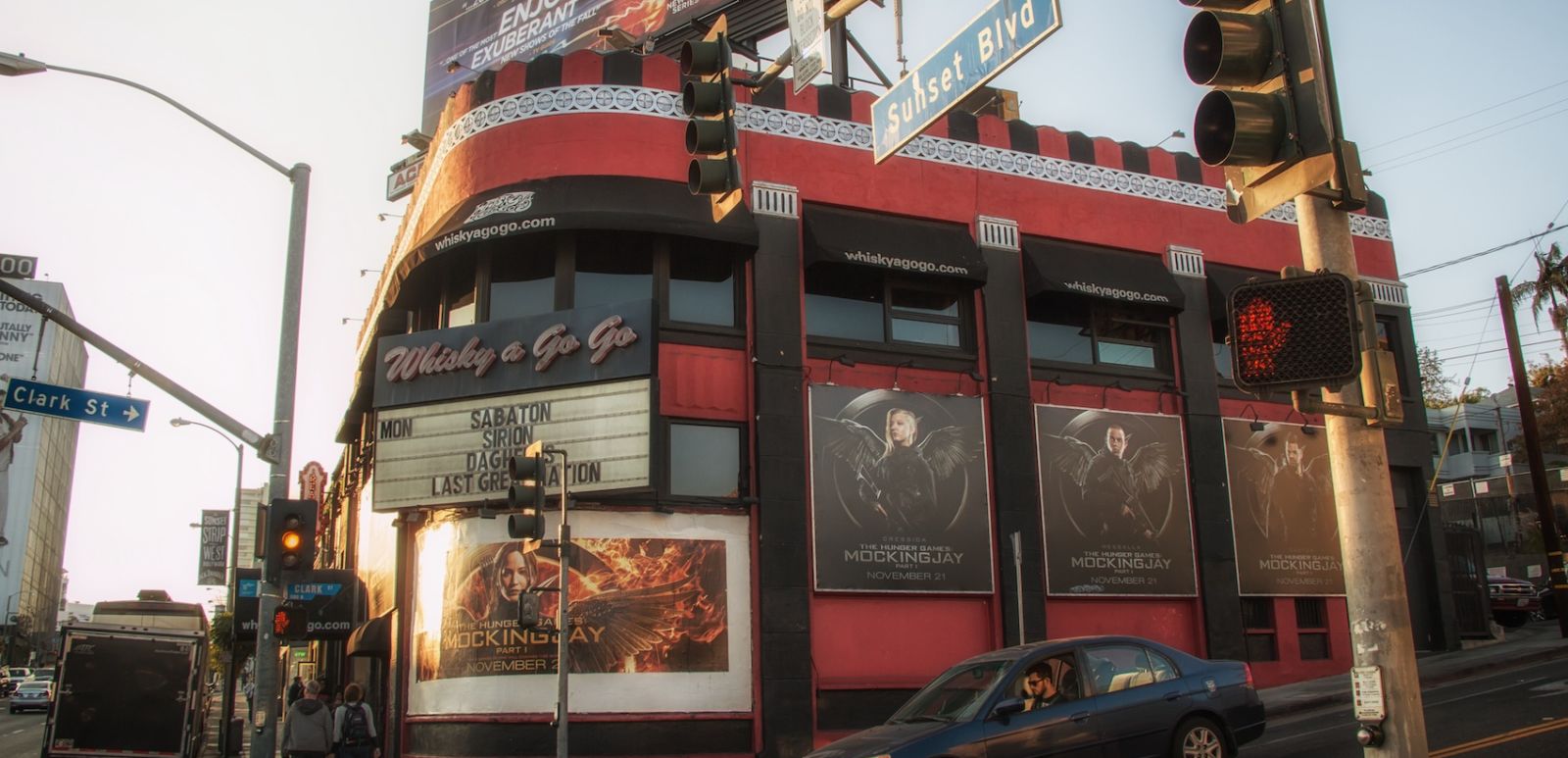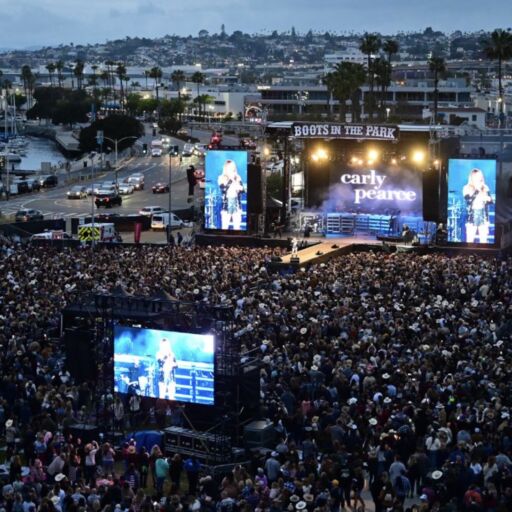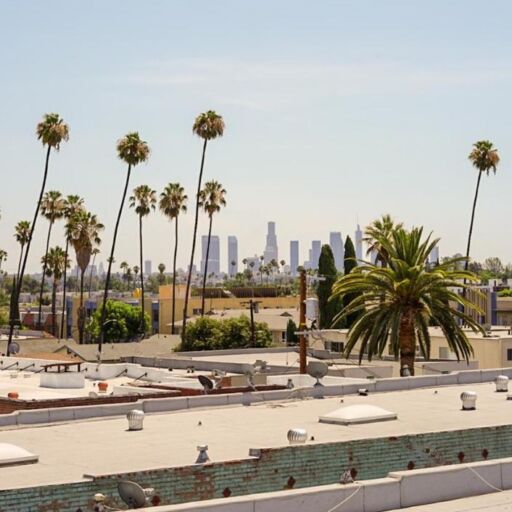Woven into the fabric of every great American city is an equally epic live music venue that reflects that place’s distinct culture. Some are standing-room-only clubs that welcome mosh pits while others are prestigious institutions that dictate a high level of decorum from attendees, and everything in between. Here we’ve rounded up some of the most iconic live music venues in the country. Whether they be nestled beside monolithic coxcomb formations or hidden deep in the heart of Texas, these are the types of places that music lovers travel far and wide to experience.
40 Watt Club – Athens, Ga.
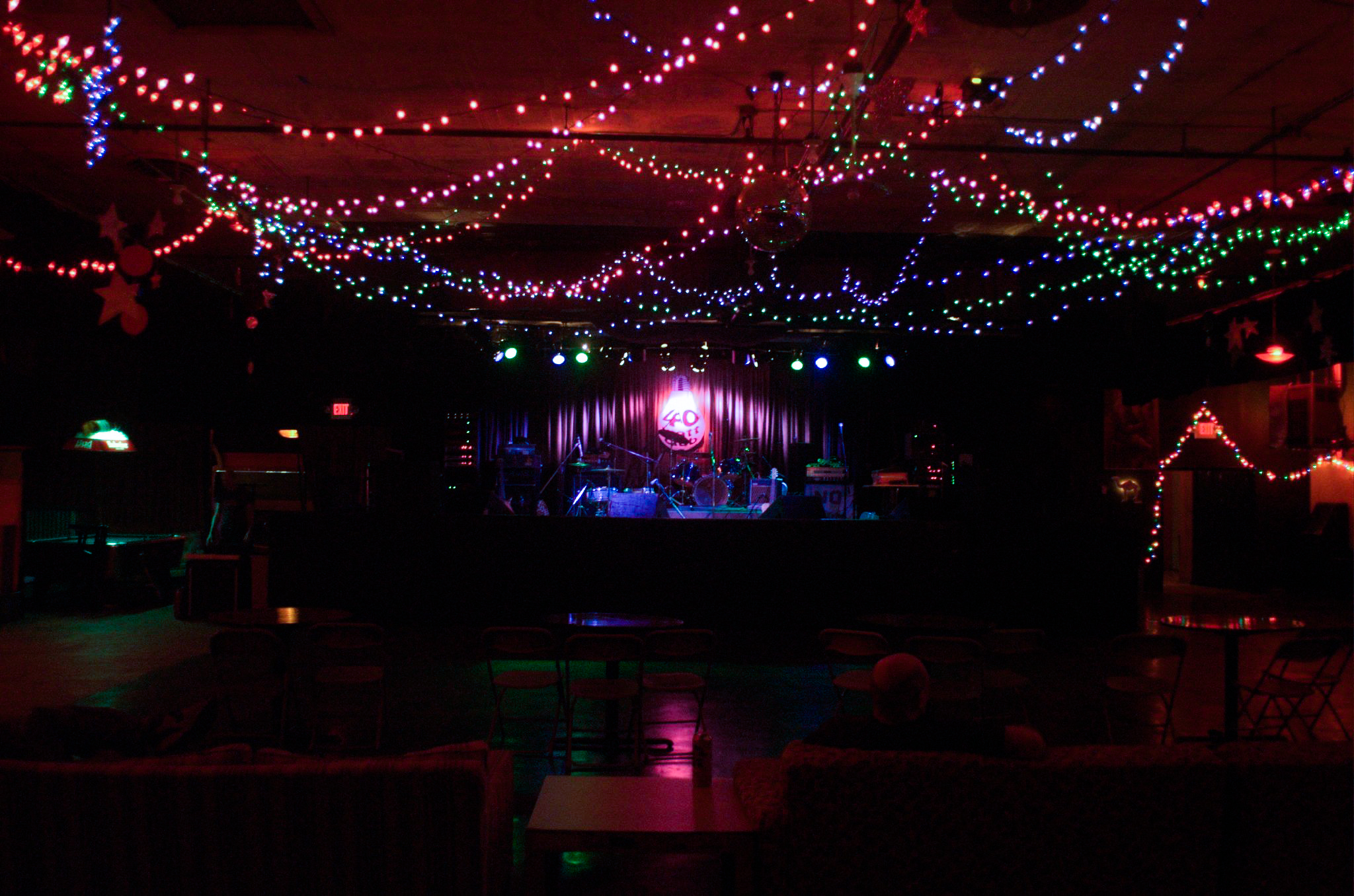
The 40 Watt Club has played a vital role in developing the new wave, punk rock and college rock music scenes, as well as helping to put Athens on the musical map. What started as a rehearsal space for the local rock band Pylon quickly morphed into a nightclub that would become the darling of the college town of Athens and beyond. Located just two minutes away from the University of Georgia, 40 Watt Club has helped boost the musical careers of local legends like The Whigs, of Montreal, The B-52’s and most famously R.E.M. Over the years, stalwart audiophiles of all ages have come out to see performers like Patti Smith, Neutral Milk Hotel, Pavement and The Melvins, to name a few. Today, 40-Watt Club still hosts local legends like Drive-By Truckers and has expanded its offerings to include drag shows, DJ nights and a Mini Comic & Zine Festival.
Blue Note – New York, N.Y.
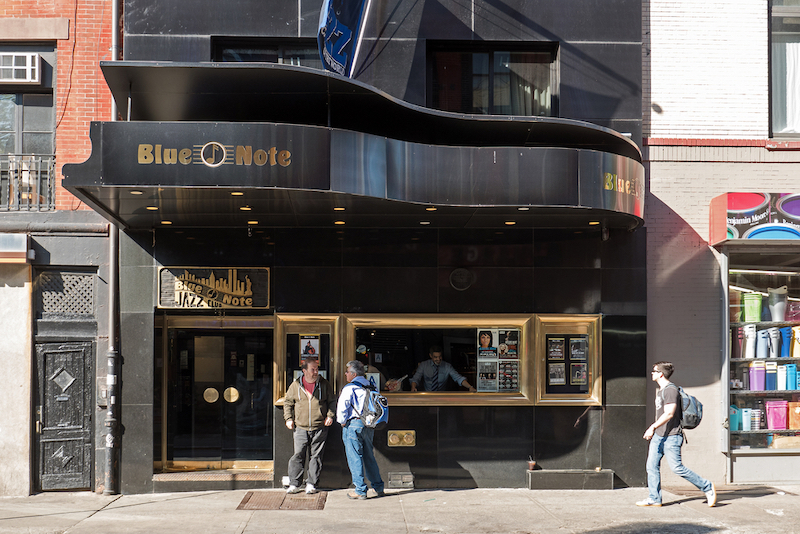
The Blue Note Jazz Club sits comfortably among the ranks of the most revered jazz clubs on the planet. Established in 1981, Blue Note is located in Greenwich Village and has hosted nightly jazz performances by some of the biggest names in the biz, including Ray Charles, Chick Corea, Dizzy Gillespie and Tito Puente. Visually, the club has everything you want from a hot bebop joint; dimly lit tables, smooth wooden finishes and an iconic stage illuminated by a singular blue light. Blue Note now operates multiple clubs across the globe, though seeing a performance at the original New York venue is considered a bucket list event for jazz lovers of all ages. Don’t be surprised if you bump into a celebrity while you’re visiting, as performers like Liza Minelli have been known to drop by the club for impromptu performances.
Cain’s Ballroom – Tulsa, Okla.
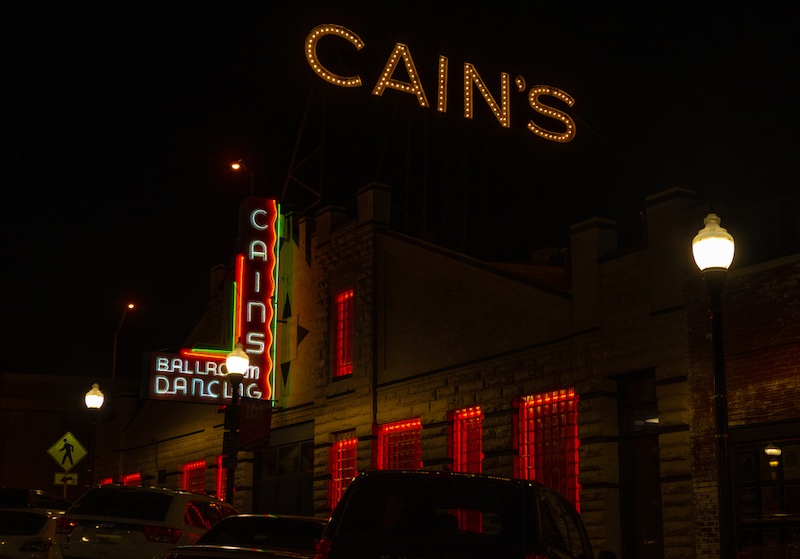
Constructed in 1924 as an automobile garage for problematic entrepreneur W. Tate Brady, Cain’s Ballroom found its stride only six years later when Madison W. “Daddy” Cain purchased the venue and converted it into a dance academy. Nearly 100 years later, the dancehall is still a-kickin’ and remains a cherished Oklahoma institution, inviting music lovers with its neon red-lit sign that reads “Cain’s” — a beacon in the Tulsa night sky. The dance hall is broad, open and lends itself to movement with a massively historic maple-lined floor and sky-high, acoustic-friendly ceilings. Cain’s Ballroom is also praised for aiding in the advancement of Western swing music and has entertained the likes of Bob Wills, Tennessee Ernie Ford and Hank Williams. While the history of Western swing lives on in its halls, these days, musicians like Hippie Sabotage, Citizen Cope and Elvis Costello can be seen gracing the stage of the Ballroom.
The Crocodile – Seattle, Wash.
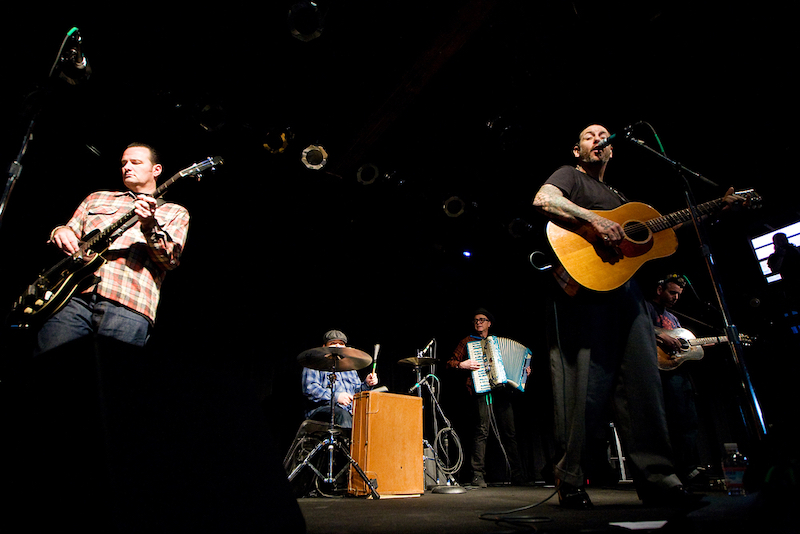
Dubbed “the cradle of grunge,” The Crocodile opened in Belltown at the height of Seattle’s first wave of grunge in the early ‘90s and continues to blow the minds of rock music enthusiasts. Though the club has changed hands several times over the years and briefly shuttered in the early aughts, the spirit of The Crocodile has always prevailed. The venue has hosted iconic acts like Nirvana, Pearl Jam, Soundgarden and Mudhoney, and hosts monthly DJ nights tailored to specific styles like house, African and jazz music. Last year, The Crocodile debuted a new complex, complete with the main showroom, a smaller club named Madame Lou’s, a small comedy club-meets-theater called Here-After, a craft cocktail bar known as The Society and a hotel with 17 rooms showcasing the impressive and storied history of the Seattle music scene.
First Avenue – Minneapolis, Minn.
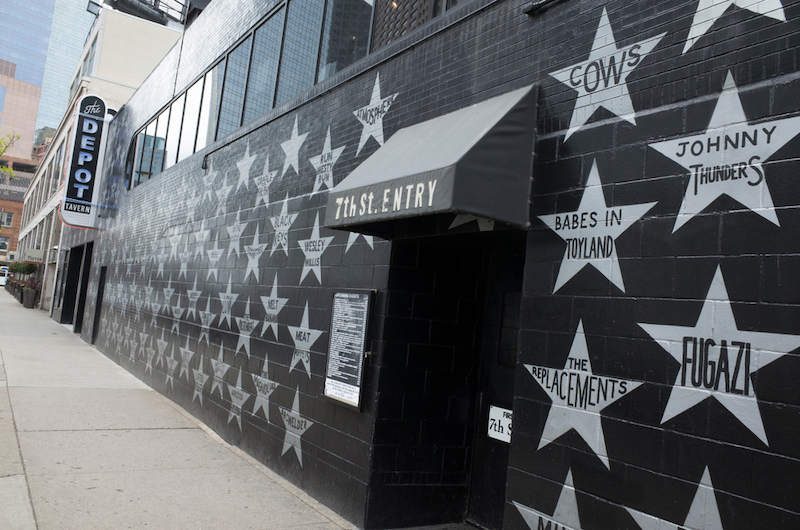
First Avenue has kept the music alive in the Twin Cities for the past 52 years. The venue, which is on the corner of Seventh Street North and First Avenue North in downtown Minneapolis, initially housed a bus depot in the late 1930s before abandoning the Greyhounds and reopening as a disco mainstay named The Depot in 1970. During this time, DJs would host wildly successful weekend dance nights that were affectionately dubbed “Danceteria,” a tradition that flourished over the years and helped the nightclub become the institution it is today. First Avenue really got its legs when Prince walked in through the out door to grace the stage in the early ‘80s. After the hometown hero performed to sold-out audiences at the club, Prince recorded the song “Purple Rain” live at First Avenue in 1983 before eventually closing the club down for nearly a month to film the movie of the same name. The venue has also showcased local acts like Soul Asylum, The Replacements and Hüsker Dü on their stage.
Hollywood Bowl – Los Angeles, Calif.
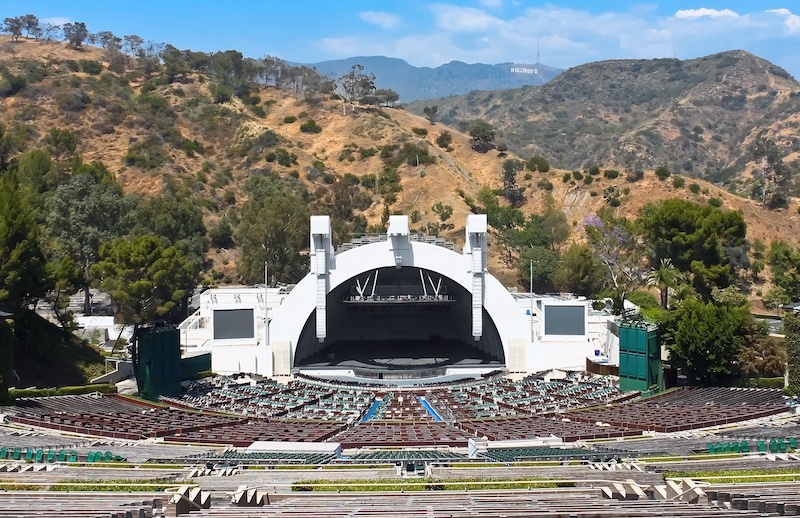
The Hollywood Bowl is a treasured landmark in Los Angeles and one of the most recognizable sites in the Hollywood Hills. The open-air amphitheater officially debuted back in 1922 and is well-known for the eggshell-white dome that covers the stage, the bowl shape of the theater and its iconic location perched in the foreground of the “Hollywood” sign. In keeping with the theme, the venue showcases iconic musicians that have included The Rolling Stones, The Doors, Elton John, Van Halen and a zillion others. The Hollywood Bowl also has a house orchestra that has previously accompanied acts like James Blake and Kool & the Gang. This year, the Hollywood Bowl Orchestra will play with Flying Lotus and Hiatus Kaiyote as the venue celebrates 100 years of musical grandeur in the City of Angels.
John T. Floore’s Country Store – Helotes, Texas
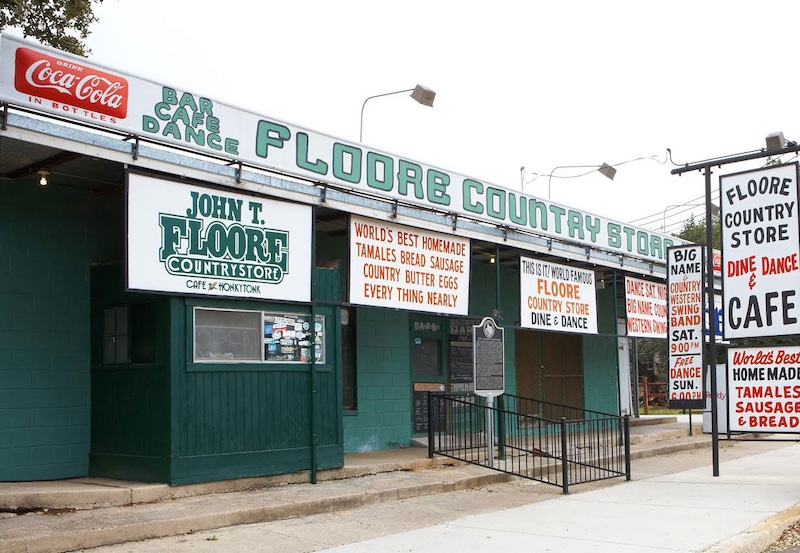
Tucked away in the foothills of Helotes, Texas, John T. Floore’s Country Store is a celebrated Hill Country honky-tonk, dance hall and cafe celebrating 80 years of keeping the country music alive. The outside of the venue is painted a deep shade of green and covered in their signature signs beckoning music lovers to visit. Inside the venue, string lights are strewn about the club while cowboy boots and hats dangle from the ceiling above; just being in Floore’s is a tremendous experience. The hall has been twice nominated for Nightclub of the Year by the Academy of Country Music, is listed on the National Register of Historic Places and has a profound association with some of the brightest musical acts of Texas country music. Think Pat Green, Robert Earl Keen and the incomparable Willie Nelson, whose musical sound was purportedly born at Floore’s. Willie Nelson has such a love affair with the nightclub that he mentioned it on his 1973 recording of “Shotgun Willie.” Nowadays, visitors can get boot-scootin’ to musical acts like Old 97’s, Bob Schneider and the Turnpike Troubadours.
Red Rocks Amphitheatre – Morrison, Colo.
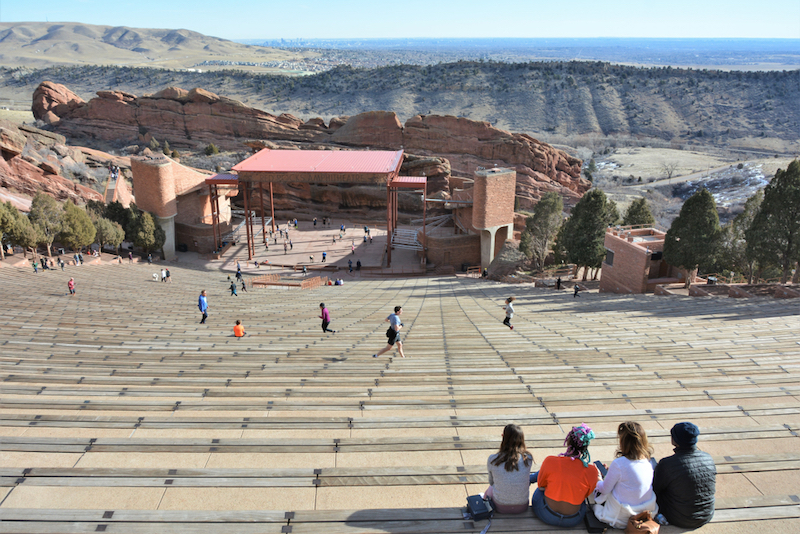
Red Rocks Amphitheatre may be America’s most unique and naturally beautiful outdoor music venue. Located in Morrison, Colo., and less than 30 minutes from Denver, the open-air amphitheater opened in 1941 in Colorado’s glorious Red Rocks Park. The venue is built into a behemoth rock formation and surrounded by sheets of brilliant red sandstone and nearly 800 acres of stunning rock formations, plants and wildlife indigenous to central Colorado’s rocky terrain. Red Rocks has also been called the only naturally occurring and acoustically perfect amphitheater in the world. Sitting through a performance is unforgettably magical as the lights from the stage create dancing shadows on the breathtakingly red monoliths surrounding it. The venue is so unparalleled that it was designated a historical landmark in 2015 and has hosted notable performances by artists The Beatles, Jimi Hendrix, Bruce Springsteen and U2.
Ryman Auditorium – Nashville, Tenn.
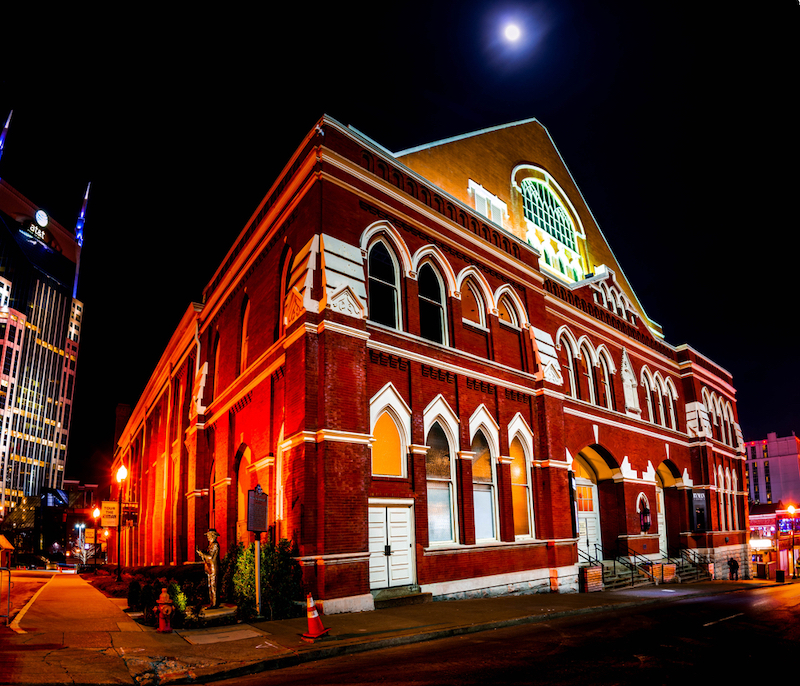
Do you remember the scene in the 2005 Johnny Cash biopic “Walk the Line” where Joaquin Phoenix (Johnny Cash) bumps into Reese Witherspoon (June Carter Cash), and they meet backstage at a concert? That was based on the real-life meeting of the musicians back in 1956 via the “Grand Ole Opry” broadcast at Nashville’s lauded Ryman Auditorium. From the early 1940s through the early 1970s, the Ryman was the original home of the weekly “Grand Ole Opry” live radio show. It helped skyrocket the careers of countless legends like the Carter family and Loretta Lynn. The venue is dubbed the birthplace of bluegrass music thanks to acts like Earl Scruggs, and it’s where the majority of “The Johnny Cash Show” was recorded. The concert hall consists of broad and winding church pews and is regularly praised by musicians for the clean acoustics that allow for a signature warm sound. Whether you’re a Music City local or just passing through, the Ryman is where you want to hear honky-tonk and is a hallowed monument to American country music.
Stubb’s Bar-B-Q – Austin, Texas
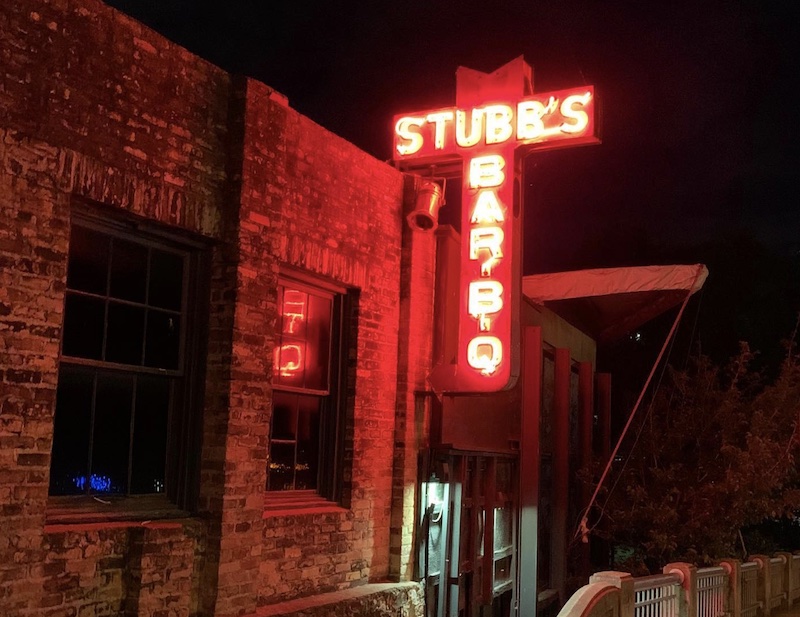
If you’ve never been to Texas and Stubb’s sounds familiar, it’s likely because you’ve found yourself face-to-face with their signature barbecue sauces, rubs and marinades in the condiment aisle of your local grocery store. Each bottle displays a photo of founder Christopher B. “Stubb” Stubblefield, the Barbecue Hall of Famer who opened the first Stubb’s restaurant in Lubbock, Texas, in the late ’60s, before eventually moving into a historic 19th-century building in downtown Austin. What began as a classic restaurant selling excellent barbecue has since expanded into what Stubbs is today: an iconic Texas institution known for, as their motto states, “Cold Beer” and “Live Music.” The venue consists of multiple stages, the main one being Waller Creek Amphitheater, and exudes the cool and laid-back vibe that Texas joints are known for. Visitors looking for an outstanding experience can check out Bleachers, Orville Peck and Denzel Curry this spring and summer.
Whisky a Go Go – Los Angeles, Calif.
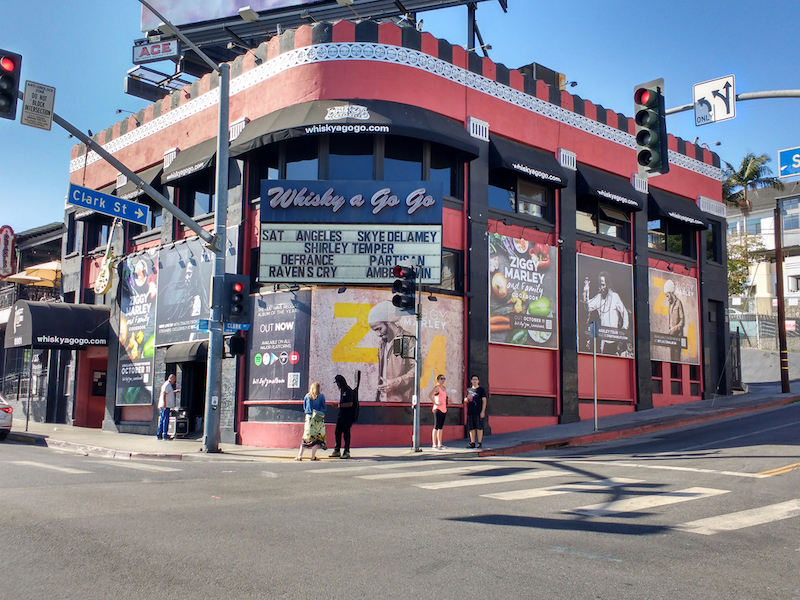
Maybe you learned about Whisky a Go Go while looking for the “Selling Sunset” offices, or if you’re like me, you first learned about it from watching Val Kilmer writhe around on stage as Jim Morrison in Oliver Stone’s 1991 film “The Doors” — an image that, for better or worse, will forever be burned into my mind. Either way, you’ve likely heard the name of the West Hollywood club and are likely aware of its historical significance and influence in the rock ‘n’ roll music community. The fabled institution opened in 1964 at the beginning of the psychedelic music explosion and has helped shape musicians’ careers like The Byrds, Smokestack Lightnin’, The Ramones and Mötley Crüe, to name just a few. Decades later, the nightclub has been immortalized in multiple songs, including “Going to a Go-Go” by The Miracles, and remains a must-see destination for music lovers visiting Los Angeles. 1


